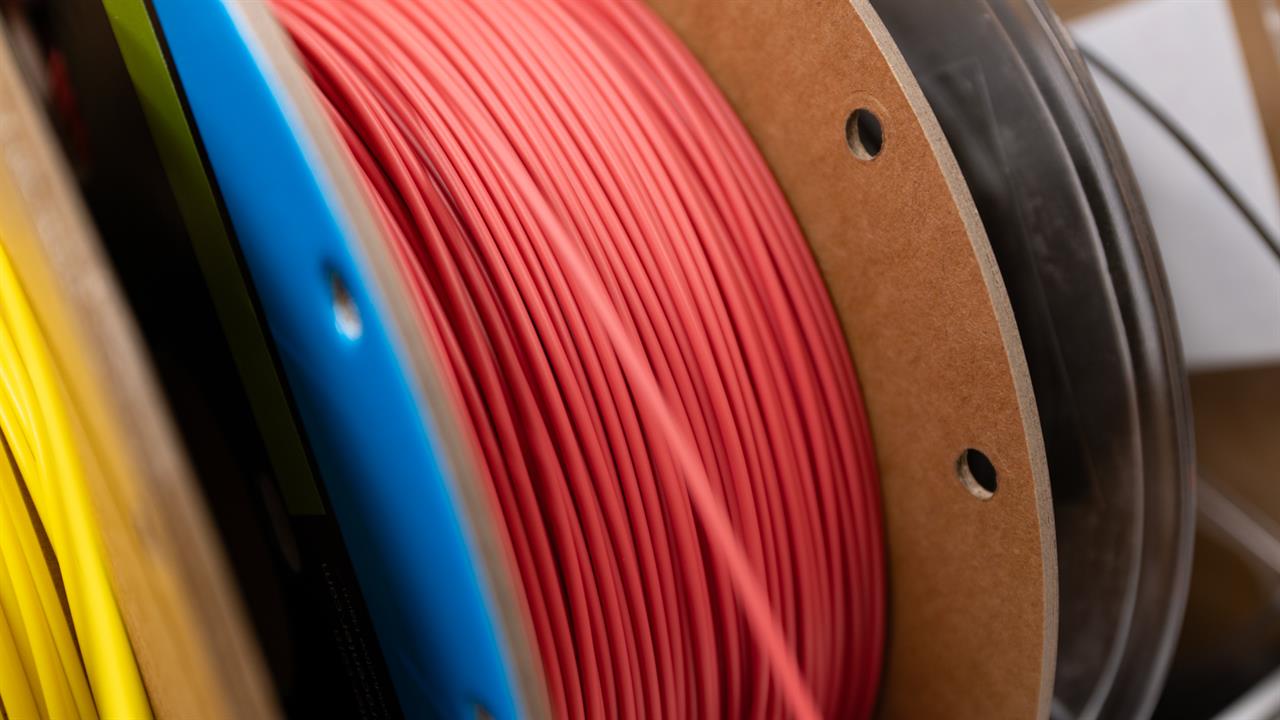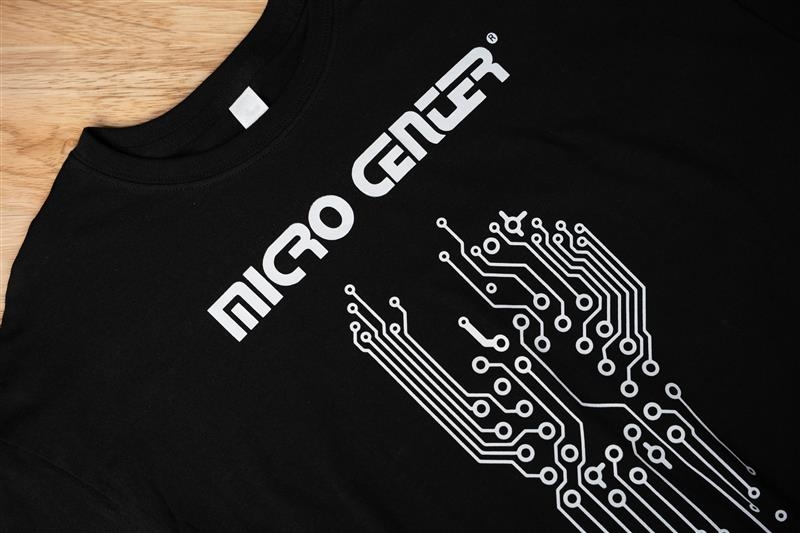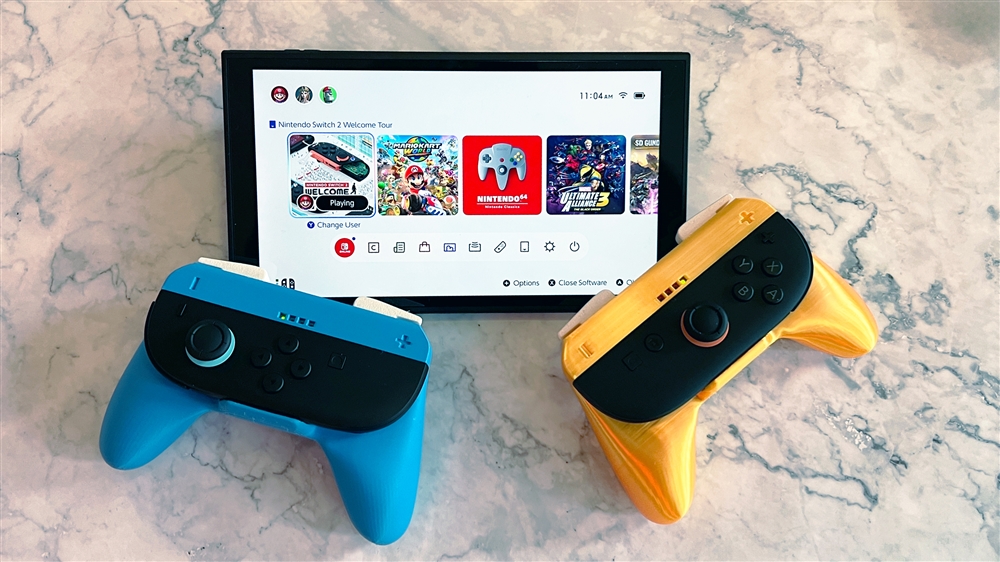ABS vs PETG: Which 3D Printing Filament is Right for You?
ABS and PETG are similar filaments with some key differences.Maker Projects
Every 3D print is unique. Whether you're designing a new toy or working on a replacement part for your car, it's important to choose the right filament for the job. Some filaments are more durable, some are more flexible, and some are a jack-of-all trades, master of none. For this article, we'll be focusing on ABS and PETG, discussing which material is best for your next project.
 Photo: Jacob Bobo
Photo: Jacob Bobo Using Inland blue for ABS and Inland red for PETG, we set off to find properties that each material can provide for your next project. Join us as we dig into both the tangible and intangible properties of both filaments to help you decide which is best for your printing needs.
ABS
The most immediate observation most people will make of ABS filament is that it's far more matte than its PETG counterpart. ABS famously takes a higher heat to print and needs an environment that isn’t available to everyone with a printer. Fortunately, new printers often have enclosures built into them or available for purchase separately, so ABS is more accessible than ever to the average hobbyist.
Photo: Micro Center. The Wind-Up Car STL can be found here: https://www.printables.com/model/569757-wind-up-car-kit-card
ABS Pros:
- Its higher temperature resistance makes it good for 3D printer mods, computer accessories or even vacuum forming
- Good elasticity that makes it resistant to impact shock while retaining enough rigidity to retain its original shape.
- ABS is very easy to develop into a finished product.
ABS Cons:
- If not printed hot enough, ABS can delaminate from its own layers and cause print ruining splits
- Generates fumes that smell and require a well-ventilated space to print safely
- Is not UV resistant, so it will degrade in strength while sitting in the sun and may become brittle
Out of most of the publicly available filaments, ABS takes the least amount of elbow grease to get your prints smooth. This also includes acetone smoothing if your project can fit into a container where the vapors can work their magic.
PETG
On the other hand, PETG tends to be more glossy and “gummy.” This enables it to provide greater friction against itself, enabling press-fit connections and even print in place parts, such as 3D printed bearings. The flip side is that PETG struggles with finishing (unless you're vapor smoothing) and its gummy consistency causes material to pill up when hand sanding and can cause gouging if you're not careful with power tools.
PETG Pros:
- Less fumes than other materials while maintaining durability and heat resistance
- Its glossy texture provides opportunity for many unique colors and transparent varieties and incredible layer adhesion for the ease of printing
- Won’t bond to other materials; If printing with multiple materials, using PETG as the main material with PLA supports can provide some perfect supported surfaces as they do not bond to each other
- PETG has very good shock resistance making it ideal for high impact project components like RC aircraft struts or print in place compliant springs
PETG Cons:
- PETG has been observed to burn and clump molten lumps into layers, sacrificing the surface quality of raw prints
- PETG doesn’t require as many strict environmental conditions as ABS but still needs a build plate that is preferably textured for fear of it destroying any build surface that is smooth
ABS and PETG are similar in many ways which is why it’s important to note their differences when choosing which material is best for your next project. They both need a textured build sheet for printing (unless you have infinite disposable build surfaces) and both have higher heat resistances (though ABS prints a full 10°c hotter than PETG) than PLA and good durability. Friction properties between the materials also differ greatly and should be investigated before committing to a material that is too grippy or too slippery for the application.
Hopefully this article has helped you find the perfect print material in this confusing world of specialty filaments. We look forward to seeing what kind of projects you make!










